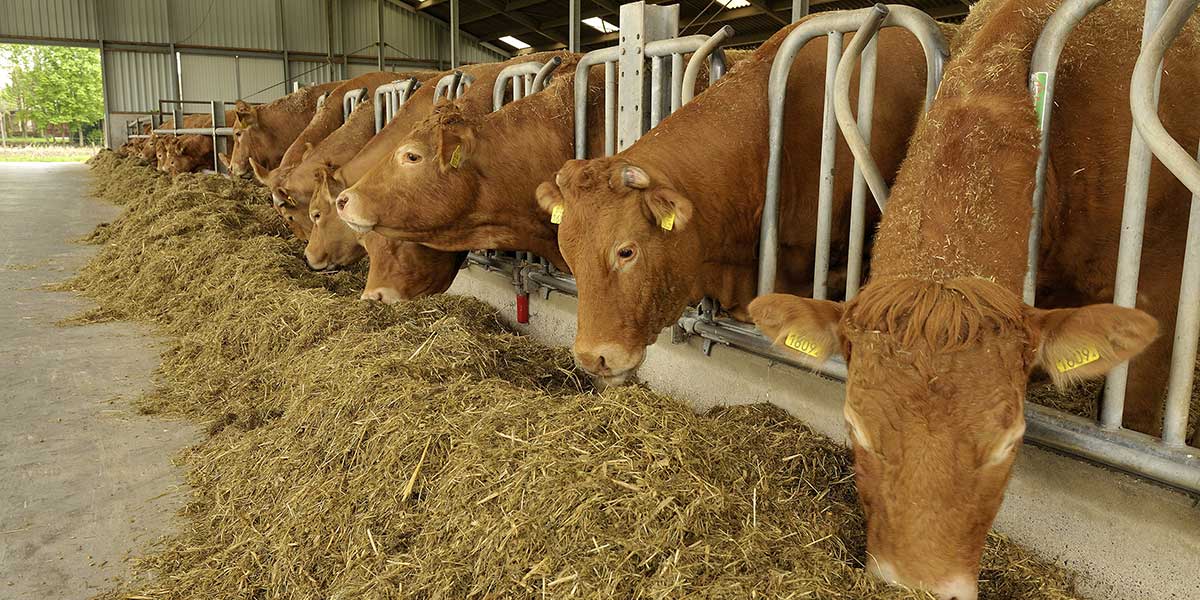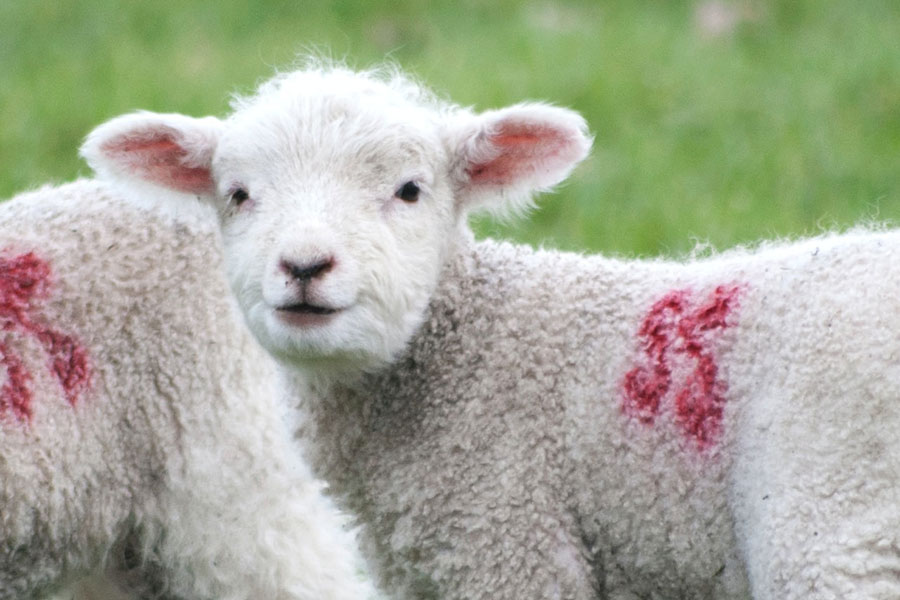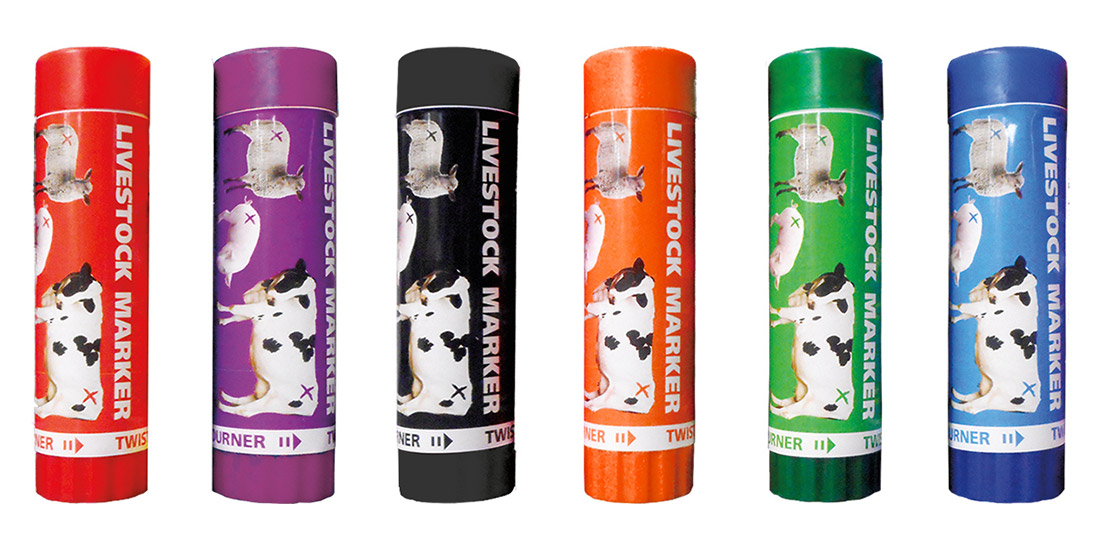In past articles we’ve discussed the history of marking livestock for identification purposes, from branding to ear tags to RFID (radio frequency identification). Many of these methods, while effective, are also often permanent in nature, which may not be desirable. They may even involve minor injury to the animal or damage to the skin or coat. But what if you don’t want the I.D. to be permanent (much less cause any pain to the animal)? That is where Ketchum livestock markers prove their worth!
Why Mark Livestock?
Whether you are a farmer with countless cows or a nature-loving, consumption-conscious family with a chicken coop in your backyard, identifying your animals is an essential aspect of owning and managing livestock. Such I.D.s aid in establishing ownership and keeping records of vital data on individual animals, like birth dates, pedigree, inoculations, health history, production, and other pertinent details. This information is crucial for owners in making important decisions for individual animals and the collective flock or herd. Just as children who lovingly tend to their chickens may give them unique monikers like Mrs. Poopins and Hen Solo, it is imperative for everyone managing livestock to be able to identify all animals in their care quickly and unambiguously.
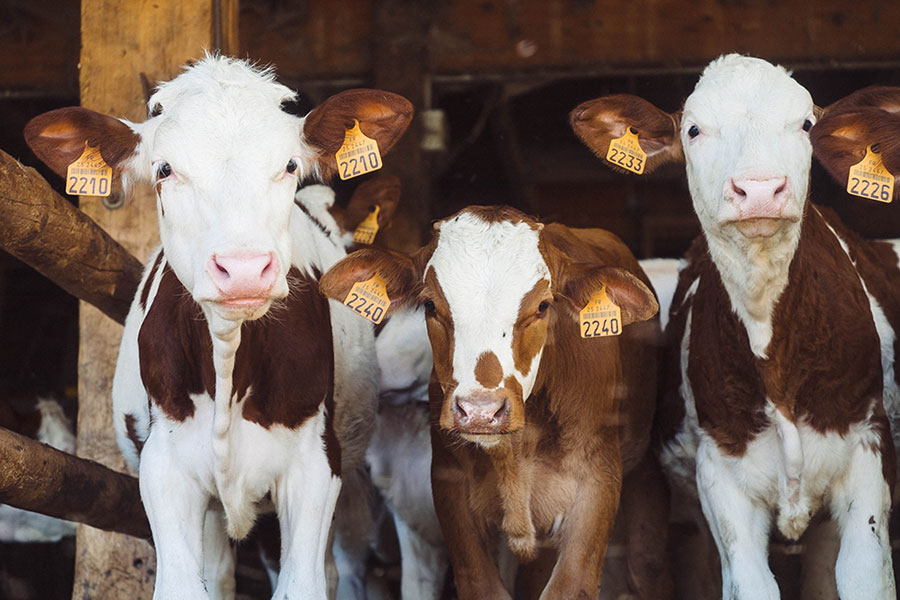
Bestowing on animals a verifiable identity typically happens at birth or shortly thereafter. In the United States, owners of livestock must contend with a patchwork of local, state, and federal regulations regarding livestock identification, designed to track farm animals for commercial and public health and safety purposes. Obviously marking your livestock in some way can be especially handy if your animals have a wide grazing territory, or you have escape artists in your troupe. And, of course, it deters thieves from claiming your chickens as members of their coop.
Livestock Markers Aren’t Your Only Option
As we have previously pointed out, there are several options when it comes to choosing livestock identification methods, each with their own set of purposes, not to mention pros and cons.
Durable nylon ear tags are suitable for sheep and other thin-eared animals. However, these require a special applicator and a certain amount of skill to affix the tag to the ear. Moreover, they can snag on branches while the animal is grazing and be torn off, as can the corrosion-resistant metal tags often used for cows.
Tough nylon neck tags are another common way of marking cows as well as goats; but while these are easily viewable from a distance, they too can detach and become lost. For poultry, Ketchum offers lightweight, adjustable aluminum and brass leg bands and wing bands, along with special pliers for attaching the tags. Polyurethane ankle straps with a ratchet lock for easy adjustment on different size legs are popular with cattle owners.
Tattooing is a method of permanent marking suitable for virtually all kinds of livestock, including pigs, goats, sheep, and cattle. Tattoo equipment includes tattooing ink along with a pair of pliers equipped with changeable dies. The sharp needles of the dies imprint numbers and letters on the skin of the animal, and the tattoo ink is channeled into the punctures made by the pliers on the skin. The ink remains permanently visible after the puncture wounds have healed; however, it is important to keep the tools very clean to avoid infection, and the marking may not be easy to decipher from a distance.
Branding is another traditional method for marking livestock, and possibly the oldest. The process involves thermal scarring of the skin. A hot iron with the owner’s unique seal is stamped on the skin of the animal to remove all the hair in that area and burn the skin to create a permanent mark (the iron is heated electrically or by fire). Freeze-branding is often used in lieu of heat-branding on animals with darker coats, using dry ice or liquid nitrogen. Melanocytes (cells that produce skin pigment) are destroyed in the process, creating the desired pattern. In a few weeks, white hair grows in the affected area, thereby serving as an identifier. Hot-iron and freeze branding are believed to cause the animal some measure of distress.
The Minimally Invasive Alternative: Livestock Markers
Clearly, some of these marking methods may be somewhat unpleasant for the livestock subject to them. Scientists are able to track physiological changes in heart rate, respiration, and the concentration of blood cortisol to assess the level of discomfort the animal experiences during the process of invasive marking methods such as tattooing, branding, and ear-notching. The interpretation of data is further complicated by the stress responses elicited on account of restraints and handling. In any case, the animals can’t find it enjoyable. Indeed, every once in a while, one hears about livestock (and human!) injuries from marking gone awry, and sometimes even serious infections that occur because of poorly done branding, hog-slapping, and tagging.
Most of the aforementioned livestock identification methods are also relatively permanent. However, if you are looking for a more temporary, pain-free way of marking your livestock or do not require a permanent identifier for your animals, livestock markers are the perfect solution.
All Ketchum brand livestock markers are designed for durability and ease of use (the colors resist weather and fading and last for 6–12 weeks). Unlike permanent markers and art markers, which can contain harmful chemicals, Ketchum livestock markers are formulated with pigments devoid of any hazardous materials. These markers are ideal…
- for marking hogs and pigs for inoculations, sorting, breeding and identification
- for marking cattle and sheep for sorting, breeding, healthcare, and identification
- for marking lab animals (e.g., mice and rats) without subjecting them to undue stress
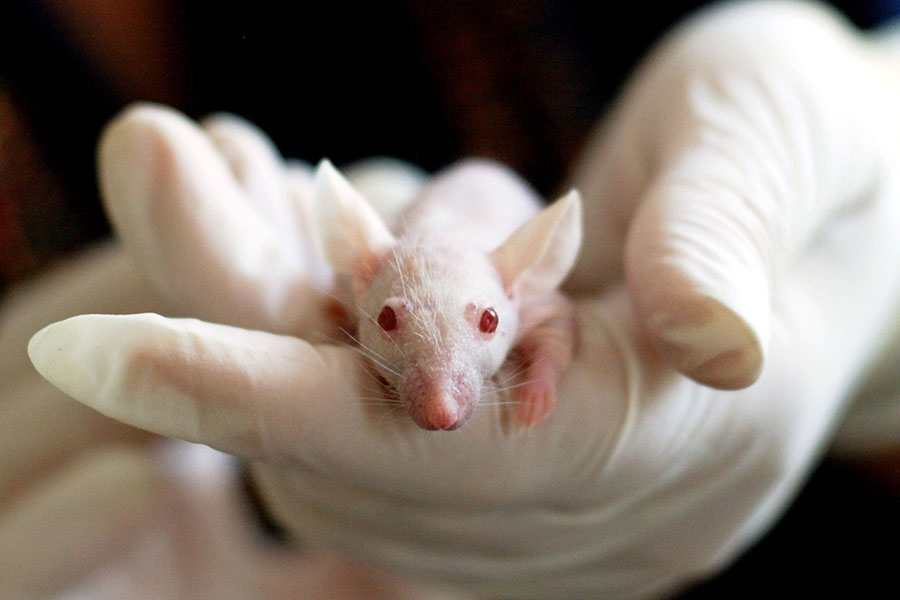
Suitable for use on all livestock, these markers are sold in boxes of 10 for $17.50. Ketchum offers a spectrum of lively colors for you to choose from:
All Ketchum livestock markers are non-toxic and free of harmful chemicals to ensure the safety of your livestock and their caregivers.
Mrs. Poopins and Hen Solo would cluck in approval!
